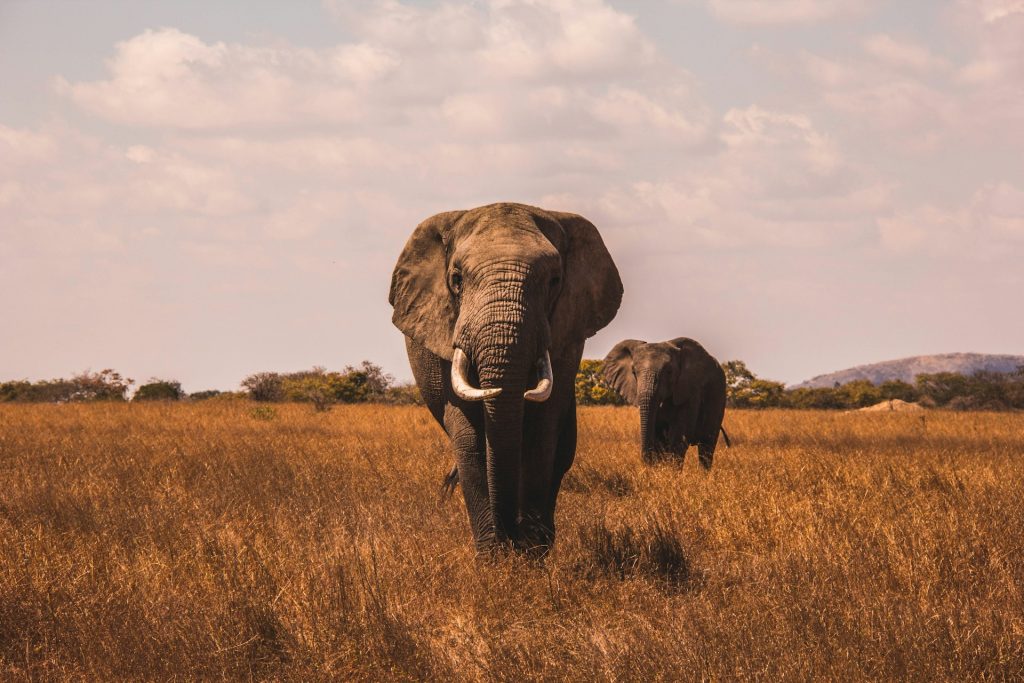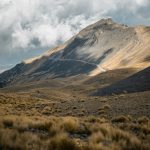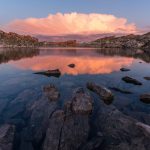Table of Contents
While tourists jostle for lion photos in the Masai Mara and Kruger, I’ve discovered places where elephants still forge their paths and rangers count leopards by name. After 15 years of African safaris, these hidden gems are where the real magic happens.
1. Zakouma National Park, Chad
Picture this: 550 elephants moving as one mega-herd across pristine savannah, with not another vehicle in sight. Zakouma isn’t just off the beaten path – it’s a conservation miracle. Twenty years ago, poachers had nearly emptied this park. Today, it’s Africa’s greatest elephant recovery story, and the herds are so relaxed you can watch their babies playing in mud pools from just yards away.
The real secret? Time your visit for March when the park’s only water sources draw in thousands of birds. I counted 30 different species just during breakfast at camp. Ask for Hassan as your guide – he can identify birds by their wingbeats and knows exactly where the rare black-crowned cranes dance at dawn.
Stay at Camp Nomade, a mobile camp that follows the game movements. The staff are all local, and their stories of the park’s transformation will move you to tears. Don’t miss the night drives – that’s when the park’s 130 lions come alive. Last year, I watched a pride take down a buffalo under a full moon. Pack a good camera with low-light capability; the nocturnal action here is incredible.
A local secret: arrange to visit one of the nearby villages that work with the park’s conservation program. The elders share incredible stories about how the relationship between people and wildlife has transformed. Some villages have started their honey production programs – the best souvenir you can bring home is a jar of wild honey collected from hives strategically placed to protect both bees and elephants.
2. Liuwa Plain National Park, Zambia
Imagine Africa’s second-largest wildebeest migration, but instead of sharing it with hundreds of other vehicles, you might be the only one watching. Liuwa Plain feels like stepping into what the Serengeti must have been like 50 years ago. The lions here have a remarkable story – for years, a single lioness named Lady Liuwa was the only one left. Today, thanks to conservation efforts, her descendants rule these plains.
Visit in November when the rains begin and thousands of wildebeest arrive with their newborns. But here’s what most people miss: the hyenas here hunt in huge clans of up to 50, and they’re the apex predators. The local guides can read the grass patterns to predict where the action will be – they’ve been doing this their entire lives.
King Lewanika Lodge sits right in the heart of the action but skips the fancy rooms and asks to sleep on the deck. That’s how you’ll hear the lions roaring at night and wake up to zebras grazing just feet away. Pack lightweight, quick-dry clothing – afternoon thunderstorms here are spectacular but intense.
For photographers, the park offers something unique: the world’s most photographable storms. During November and December, massive thunderheads build up in the afternoons, creating light shows that turn the plains purple and gold. The local guides know exactly where to position you for lightning shots. Bring a wide-angle lens – the enormity of these skies demands it.
3. Ruaha National Park, Tanzania
This park holds 10% of the world’s lions, but most safari enthusiasts have never even heard of it. The giant baobab trees here are over 1,000 years old, and elephants dig wells in dry riverbeds using techniques passed down through generations. I watched a matriarch teach her calf how to find water this way – a behavior rarely seen elsewhere.
The secret season is September to October when the Great Ruaha River shrinks to a trickle. That’s when you’ll see up to 200 elephants at once, digging for water in scenes straight out of a nature documentary. The local guides know exactly where leopards stash their kills in the massive baobabs – I’ve seen three different leopards in one morning.
Stay at one of the fly camps along the river. The camp staff knows which pods of hippos have recently had babies and where the elusive sable antelopes come to drink. Don’t skip the walking safaris – that’s when you’ll learn to track animals by their footprints and discover tiny creatures you’d miss from a vehicle.
The park also offers unique cultural experiences with local Maasai communities who’ve lived alongside these animals for generations. Unlike the more touristy areas up north, these visits feel genuine. You might find yourself learning how to read weather patterns in bird behavior or discovering which plants the elephants use as medicine.
4. Odzala-Kokoua National Park, Republic of Congo
Ever wanted to trek through real rainforest to find wild gorillas? Forget Rwanda’s crowded parks – Odzala offers gorilla encounters so intimate you can hear them breathing. The western lowland gorillas here live in pristine forests alongside forest elephants, leopards, and over 430 bird species.
The best time to visit is during the mini-dry season (December-February) when forest trails are easier to navigate. The trackers here are incredible – they can smell which fruits are ripening and know exactly where the gorillas will be feeding. One morning, we found a silverback teaching his youngsters how to crack nuts with stones – tool use that’s rarely documented.
Ngaga Camp’s decks are built at canopy level, so you watch mangabeys and colobus monkeys swing past your room. Ask about the night walks – that’s when you might spot rare nocturnal primates like pottos and giant pangolins. Pack quick-dry everything; the humidity here makes the Serengeti feel like a desert.
There’s a hidden canopy walk that few visitors know about. It’s a series of rickety bridges 40 meters up in the rainforest canopy. Go at dawn when the mist still clings to the treetops and you might spot shy bongo antelopes below. The local trackers have nicknamed different parts of the forest after the animals that frequent them – ask about “Leopard’s Living Room.”
5. Gonarezhou National Park, Zimbabwe
“The Place of Elephants” lives up to its name, but that’s not why you should come. The red sandstone Chilojo Cliffs glow like fire at sunset, and the Runde River holds some of Africa’s last big tusker elephants. These giants have tusks so long they nearly touch the ground – a sight that’s almost disappeared from better-known parks.
Time your visit for October when the heat draws wildlife to the remaining water sources. The local guides have fascinating stories about how this park recovered from the ivory wars of the 1980s. Watch for the rare wild dogs – Gonarezhou has some of the largest packs left in Africa.
Stay at Chilo Gorge Safari Lodge, but ask to spend at least one night at their sleep-out platform. You’ll drift off to the sounds of hyenas whooping and hippos grunting below. Pack a good pair of binoculars – the birdlife along the river will keep you busy between big game sightings.
The park has recently opened new hiking trails along the Chilojo Cliffs. These aren’t your typical safari walks – you’ll scramble up ancient elephant paths to viewpoints that few tourists have ever seen. Time it right and you might witness one of Africa’s most spectacular sights: elephants silhouetted against the red cliffs at sunset while carmine bee-eaters swoop around them.
The Wild Africa That Still Exists

Yesterday, someone asked if these remote parks were worth the extra effort to reach. That evening, I watched a herd of 500 buffalo kick up dust against a blood-red sunset in Zakouma, while fish eagles called overhead and not other tourists were in sight. Some questions answer themselves.

I’m Garrett, a seasoned photojournalist with a passion for uncovering the world’s hidden treasures. My journey is fueled by a deep curiosity for diverse cultures and breathtaking landscapes. When I’m not behind the lens capturing the world’s wonders, you can find me exploring underwater realms or sharing my passion for discovery with my two adventurous children.




